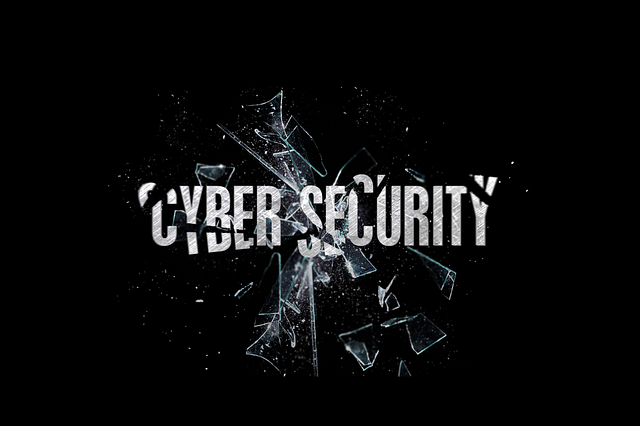 When remote working descended strong and fast earlier this year amid the pandemic, there was a frenzy within many organizations to equip their staff with the required machines to enable a quick and adequate “working from home” set up.
When remote working descended strong and fast earlier this year amid the pandemic, there was a frenzy within many organizations to equip their staff with the required machines to enable a quick and adequate “working from home” set up.
Now, as lockdowns ease, many businesses are preparing for employees to return to the office. While they are rightly concerned with establishing health-related practices to protect their employees from the coronavirus, there is another danger they must address: an abundance of employee hardware that lacks necessary security and is about to reconnect to their company’s corporate network, risking sensitive data being exposed to a cyber-attack.
Cyber criminals are well aware of this environment, and will target their cyber-attacks in areas that have become vulnerable. We saw this with the spike of phishing attacks themed around working from home at the beginning of the lockdown, and it will continue to evolve as workforces change their work practice once again as the lockdown eases and companies bring employees back into the office.
PREMIUM CONTENT: Executive Forum NA – How a Staffing Company can Adjust to a Recession
Computers used for remote working are likely to have confidential company data stored, have been shared with family members possibly visiting insecure websites or installing insecure software for example, with no guarantee that they have been patched and maintained over these recent months. The big question is: can these external devices be trusted back on to the corporate network?
Action Plan
Businesses need carry out risk assessments and put best practices in place before their networks are exposed. First, staff need to share where company data has been saved and under which accounts, work or private credentials. Was it a public cloud environment like Google drive, OneDrive or Dropbox? This all needs to be disclosed to minimize risk, ensure data is safe and GDPR compliance is maintained.
Second, if employees have been sharing the devices with their house members, have they given away their password? Is the password the same across work accounts and personal accounts? What new software has been installed or removed and by whom? Were there any security warnings such as viruses being detected by anti-virus software? Has any confidential paperwork been printed at home and has it been shredded or just dropped in the bin? Where employees have access to sensitive information, questions such as these need to be answered before they rejoin an organization’s network.
If a company allows all machines back onto their corporate network, they will need to rely on network monitoring and most critically, they will need to monitor the activities of the people within the network. It is the people who pose the greatest business risk if they have not got ongoing support in terms of cybersecurity awareness training. They are operating from within a company’s network on a daily basis, sending and receiving data through a multitude of access points. If left untrained, employees are a hacker’s haven, an easy access point to the entire network, surpassing any technological measures in place to keep them out. If trained, employees are your greatest line of defense — your Human Firewall.
There are various types of cybersecurity awareness training methods available, but the ideal is to combine interactive cybersecurity awareness training content with a software solution that works hand in hand with your company’s IT infrastructure. For example, Cyber Risk Aware offers “real time” intervention training, which identifies where employees are making mistakes and sends focused training material to help improve their behaviors, saving both money and time. Building a Human Firewall is the biggest defense against cyber attacks.